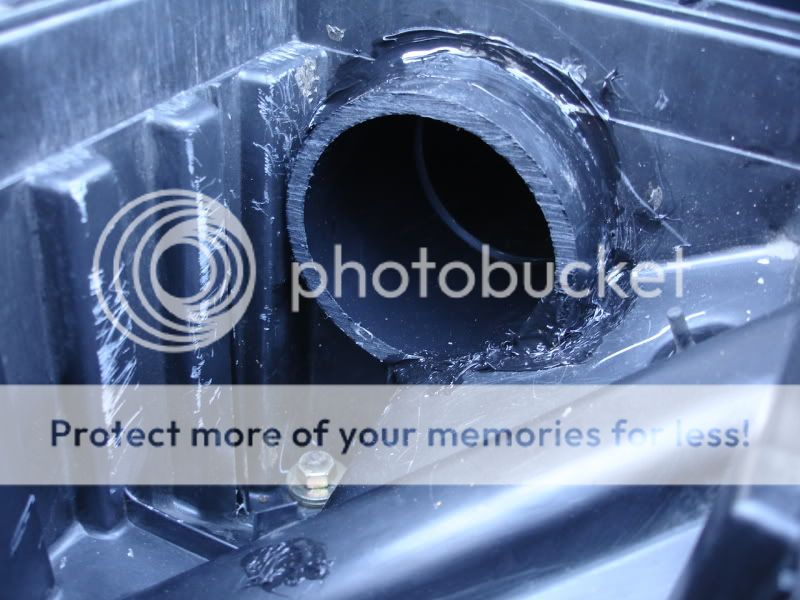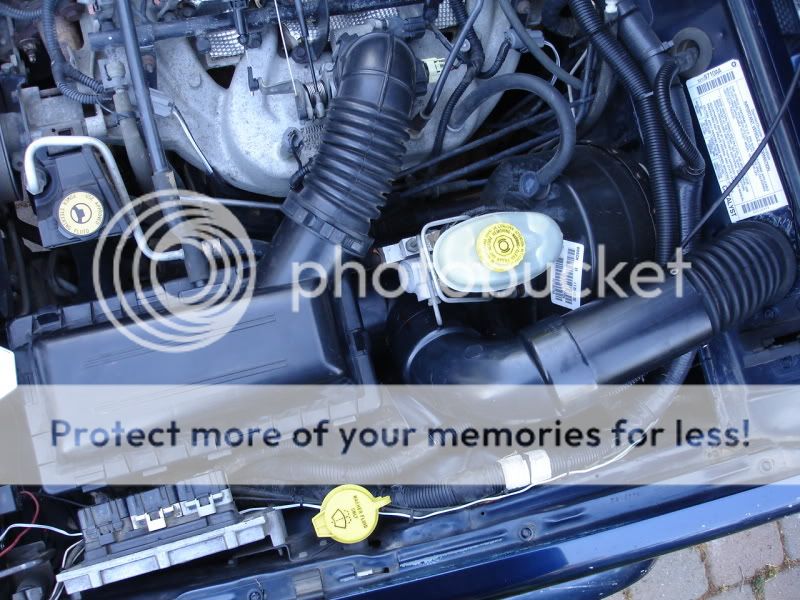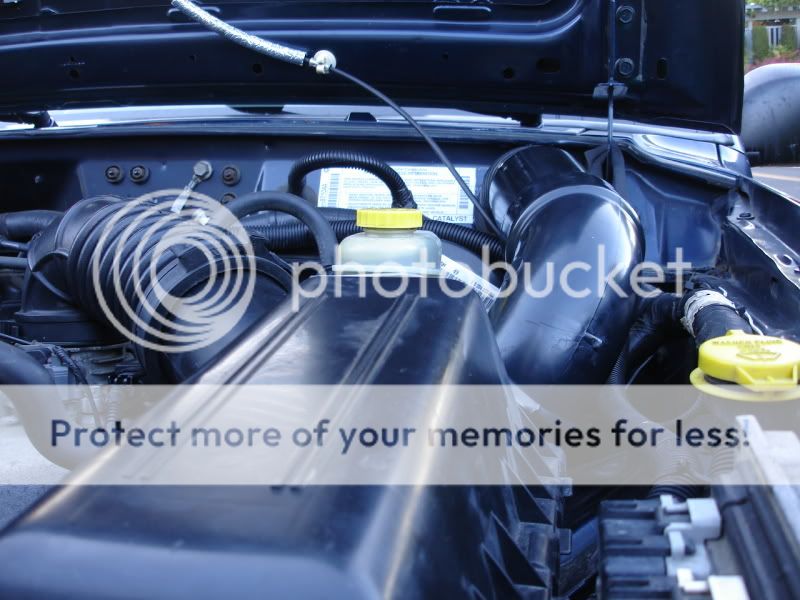I just spent the last few hours trying to come up with something about Superchargers. Here is what I knew and what I found out. Hope it helps. I did make an observation at the bottom of the writeup. Please, never mind my typos and mistakes in grammar. Now, that is funny. Enjoy.
Both turbochargers and superchargers are called forced induction systems. They both compress the air flowing into the engine . The advantage of compressing the air is that it lets the engine stuff more air in a cylinder. More air means that more fuel can be stuffed in too. Therefore, one get more power from each explosion in each cylinder. A turbo/supercharged engine produces more power overall than the same engine without the charging. The typical boost provided by either a turbocharger or a supercharger is 6 to 8 PSI. Since turbochargers are powered by exhaust pressure while superchargers are driven from the engine crank pulley. Superchargers allow one to attain boost and horsepower on demand. A turbocharger requires the exhaust pressure to build resulting in a "lag" in horsepower increase. A turbocharger will typically have a higher discharge temperature than a centrifugal supercharger. This higher temperature is a result of the turbo impeller spinning faster and the heat generated from the exhaust gas.
Supercharging increases air density and significantly increases power on an otherwise stock engine. A supercharger forces additional air and fuel into the engine. This occurs when the engine is under full throttle or under load, not at normal cruise or for most normal driving.
Roughly, one can expect to gain about the same power difference percentage as one gains induction pressure percentage. The equation is HPafter = ((14.7 + boost)/14.7)*HPbefore. For instance, on a Jeep 4.0L H.O. engine and the Jeeper adds 7.5psi boost, the Jeeper can expect to have about 280HP. This is an estimate. In reality, it will likely be just a bit less than that due to inefficiencies and air density losses due to heating. If a Jeep is intercooled, the Jeep will get closer to this estimated power.
A stock 4.0L will show signs of premature aging if used under rigorous conditions such as offroading, racing, or towing. Likewise, premature engine failure is a possibility with any engine that is not properly tuned and a supercharged Jeep engine is no exception. A supercharger is an air movement device that forces increased air into an engine. While under boost, the additional air requires additional fuel to enrich air to fuel ratio. Detonation (a pinging noise from the engine) is a sign that the engine is not running properly and can indicate a variety of problems including a lean condition, a timing curve that is too aggressive, or low octane fuel.
Fuel economy depends entirely on one's driving habits and in some cases a Jeeper may experience an increase in gas mileage. Under normal freeway driving, for example, the supercharger is not under boost but is increasing the efficiency of the engine by forcing air through restrictions like the air filter.
If one is relatively mechanically inclined, can follow directions, and have the necessary tooling then installation can usually be completed within a 6-8 hour timeframe. Each manufacturer goes to great lengths to ensure that each kit is complete with everything one will need, some even down to the wire ties, and that the directions are clear, visual, and concise. They also provide excellent tech support should one run into any problems during the installation process.
Tapping the oil pan for the oil supply depends on the type of supercharger system one purchases. Some of the units are called “self-contained” units and have their own internal lubrication system. Some are belt driven and do not need lubrication. Other units do require the oil pan to be tapped, but the process is much easier than it first sounds.
Most supercharger kits for street use are designed to run a safe 6psi of boost on a stock engine. Any more power would have to be supported by a cooling option (i.e. Intercooler, Water Injection, etc.). Six to nine pounds (psi) is normally a safe level for most stock engines. Running more than this will usually require a reduction in compression ratio.
Almost all supercharger systems require the use of premium fuel. Octane boosters are not required but may improve performance in severely hot climates or under circumstances where a heavy load is placed on the engine for an extended period of time such as offroading, racing, or towing. In emergency situations, regular gas can be used with the addition of high quality octane boosters for very short periods of time.
Although some manufacturers claim a specific horsepower increase, superchargers actually add horsepower as a percentage gain (percentage of an atmosphere). Assuming an engine with a compression ratio of around 9:1 running pump gas, if a supercharger gives the engine 14.7 psi of boost, (which is atmospheric pressure) then the output of one's engine will double, everything else being equal. After adjusting for thermal and mechanical energy transfer, if an efficient centrifugal supercharger is generating 7.5 psi (approx. 1/2 of atmosphere), a Jeeper will see around a 35-40% gain in horsepower and torque at their non-supercharged maximum horsepower rpm. If detonation forces one to use an ignition/timing retard system, a Jeeper will of course see less of a gain because backing off several degrees of timing will greatly reduce an engine's power output. At higher boost levels, the heat generated by compressing air will produce diminishing returns as the boost is increased, although the use of intercooling or racing fuel can avoid this scenario of diminishing returns. Assuming the use of intercooling to run higher boost levels while maintaining reliability, a 100% increase can generally be achieved at around 17 psi on an engine with 9:1 compression running pump gas.
On any belt driven blower, which is most centrifugals, a Jeeper can change the amount of boost by changing the size of the pulley on the blower. The smaller the pulley the faster the blower runs and the more boost it makes.
Exhaust modifications such as a header and a high performance cat-back exhaust system can add substantial increases in power.
The Magnuson Moss Warranty Act (15 USCA § 2301 – 15 USCA § 2312) prohibits a dealer from voiding oner warranty simply because one have modifications to one's vehicle. It is the Dealerships responsibility to prove that any modification was the reason for a failure.
With a supercharger, an exhaust header, a cat-back exhaust system, and a snorkel; a Jeeper would have plenty of power, torque, and acceleration. However, with the price of a supercharger system, having to use high octane gasoline all the time, and timing and fuel mixture issues; I believe a 4.9 Stroker with a compression ratio of 8.9 to 1 running on regular gasoline that produces 315 HP would be a better choice. IMHO
Matter of fact, a 4.9 stroker with such specs is offered by Titan Engines in Ocala, Florida. I have been inquiring about it for about 3 years. Many Jeepers in Florida have been using this stroker. Titan developed this low compression stroker so it would not ping and could to be used in any part of the country. This stroker runs fine here in Florida on regular gas where we have extreme high humidity heat in summers. This Stroker has a 3 Year 36000 Mile Warranty. To me that is awesome. I do know that a lot of Jeepers here in Florida that run with strokers run with Titan strokers and have little to no problems with them. Just my .02










